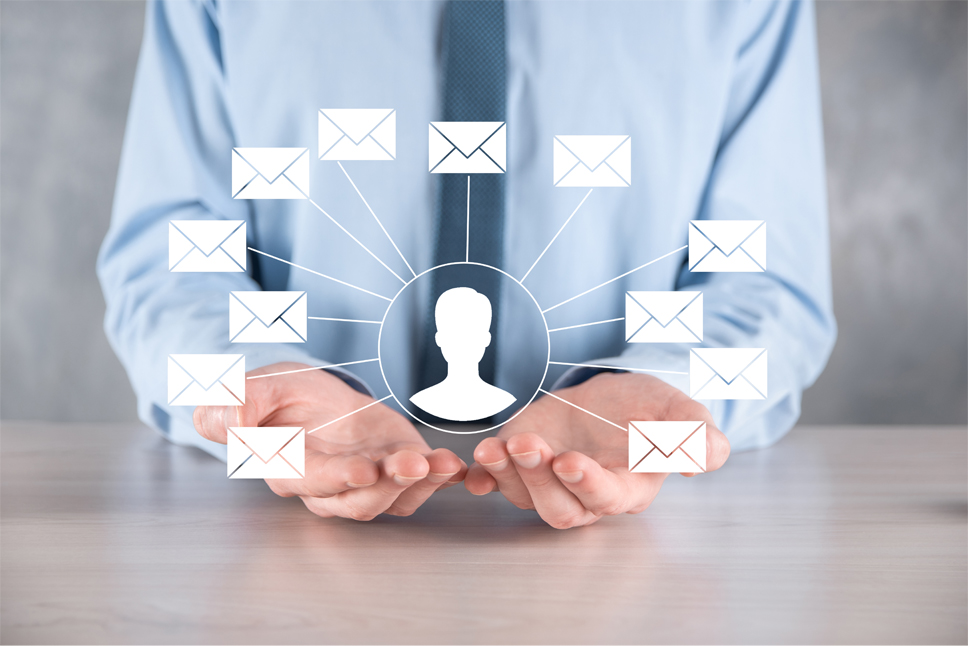How to effectively communicate your customer journey in an LMS
Building a solid customer relationship and rewarding customer experience is an essential part of any business. To accomplish this, it requires a deep understanding of the customer journey – what they go through using your product or service from the first time they learn about it, all the way to repeat purchases and referrals. Investing in training aimed to improve customer support and increase customer satisfaction can strengthen your customer experience strategy. Many companies use a Learning Management System (LMS) or an online training platform to train their support team and their customers.

A Learning Management System (LMS), is a software application used in education and business with a primary function to create, deliver, administer and track training, learning, and development programs. An LMS should have a wide variety of authoring tools to make the training process easy for both users and administrators. Training content, files, and assets are first uploaded to an LMS platform. You can then organize that content and build online courses to deliver to your desired learners. In addition to e-learning, an LMS provides features that can manage instructor-led training, virtual instructor-led training, and blended approaches to learning.
If you’re wondering how you can leverage an LMS to communicate your customer journey effectively, then here are five ways to do so:
#1 Build and improve your customer onboarding experience.
First impressions last. The first time your customers use your product or service, they should remember it as a seamless and rewarding experience. Customer onboarding makes this a lot easier. As you guide your customer throughout their first time using your offering, you are also helping minimize customer churn or that moment they abandon your product or service because it’s too frustrating to use.
An LMS enables customer onboarding and customizing your customer’s online training and learning experience. Customization not only allows you to show your customers how to use your product or service, but it can also provide hands-on demonstrations and other communication tools such as a chatbox, video conferencing, recorded videos, and many more.
#2 Be present 100% of the way through their customer journey.
Perhaps the perfect imagery is hand-holding your customer as they use your product or service, not just from the start but on an ongoing basis. Effective customer education does not end at onboarding. It is a continuous process of guiding them throughout their experience. Ongoing education is especially true as your offering also goes through changes in interface and features. As your customer continues to use your product or service, they will also dive deeper into the features and will likely have more questions. Be present every time they encounter these moments.
With an LMS, you can provide an entire knowledge base or gallery of instructional content like videos, training courses, how-to guides, and FAQs. Again, you can customize according to various learning styles and themes.
#3 Consider gamification to inspire engagement with your customer training.
Not everyone may be keen to go through online training or customer onboarding. Gamification plays a key role in your online training and onboarding adoption rates.
Gamification provides an experience that allows your customers to engage in elements of games such as scores, contests, and competitions, awards, etc. Gamification has proven effective as games release chemicals in the body like dopamine and serotonin, which give that “natural high” or feelings of satisfaction and achievement.
With its various tools available, an LMS can allow you to create gamification and customize it according to how you want to engage your customers.
#4 Gather feedback and place them in one centralized space.
Knowing what your customers think about your offering and their training experience is just as important as them using your product or service on an ongoing basis. Continuous improvement is at the core of any business, and feedback is an essential part of this.
Gather feedback from your customers and store them in one centralized location. An LMS enables data collection through customer surveys and collecting them in a specific cloud location. You can then use the data gathered to gain a deeper understanding of your customers and improve your product or service features.
#5 Integrate your Customer Relationship Management (CRM) into your LMS.
With continuous improvements come regular updates and changes in your features and interface. These changes may be a double-edged sword for your customer engagement strategy. It may result in increased customer satisfaction or frustration in user experience (UX).
As we discussed in #2, continuous improvement should be linked with ongoing customer education. Linking may be tricky, however, as contents in the customer training program have to be updated across the board.
An LMS can address this issue by linking your Customer Relationship Management (CRM) into the application. First, develop user-friendly and segmented training within your LMS platform, then leverage your linked CRM to send relevant training content to your customers specific to where they are in their journey.
Conclusion
Being there for your customers wherever they are in their journey with your product or service will boost your customer engagement strategy. Using an LMS will enable you to engage with your audience, increase customer satisfaction, and effectively communicate with your customers.
Learn more about how you can take advantage of a Learning Management System. Start a trial or contact our team to get started.
